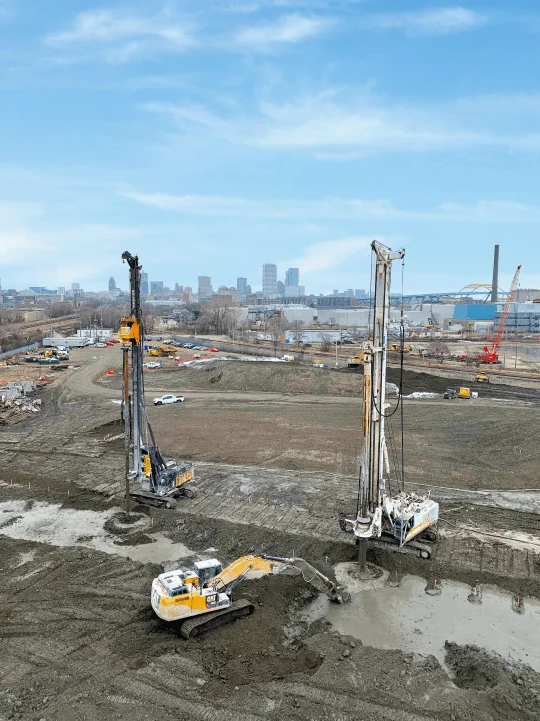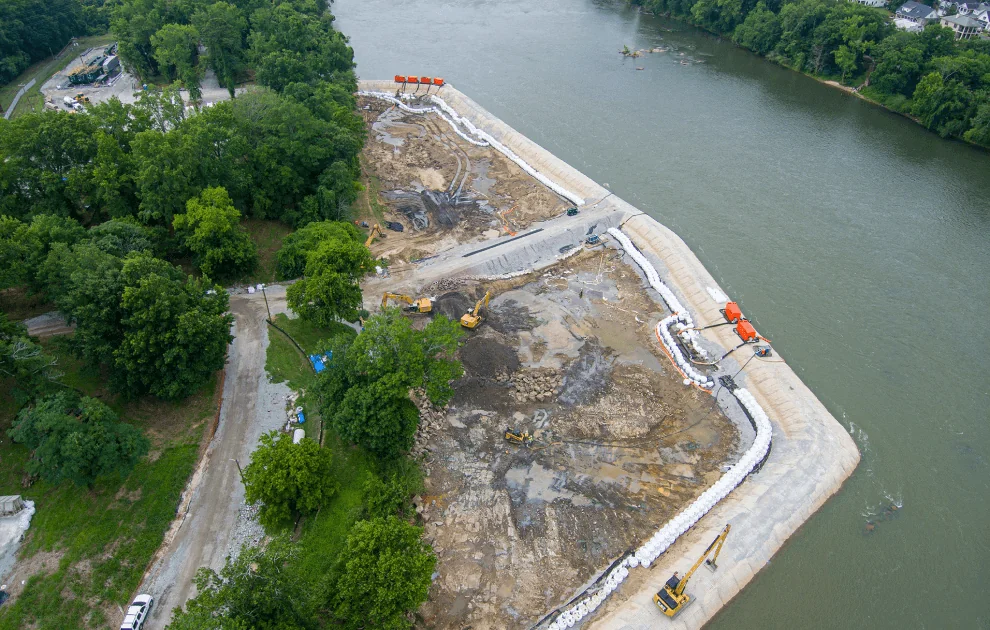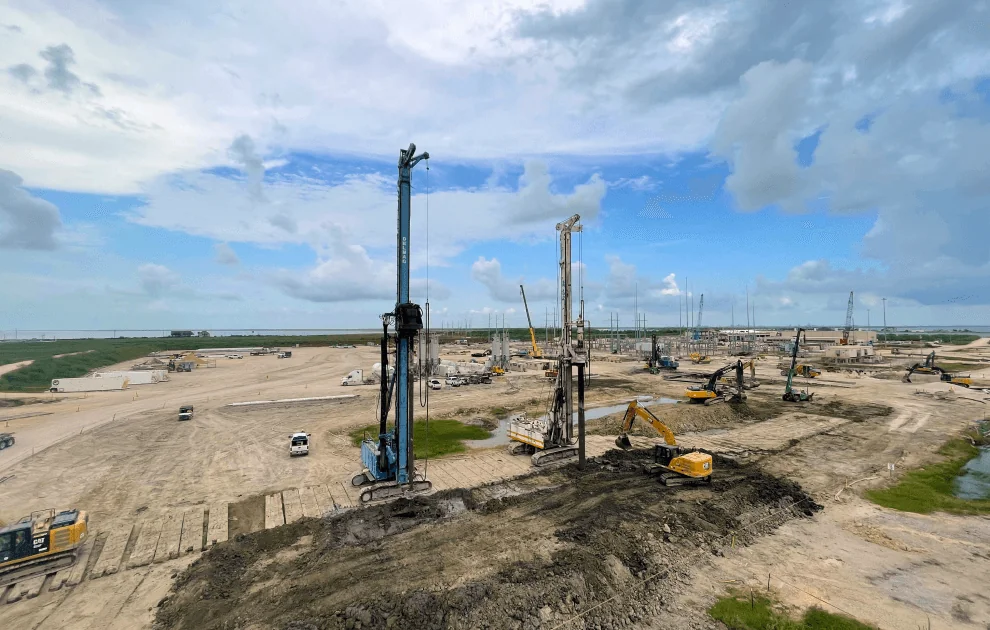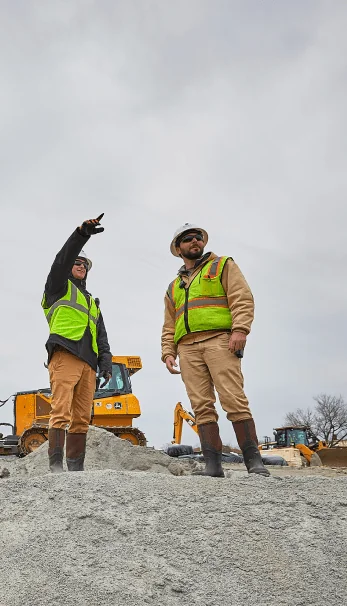A leader in managing complexity to
deliver results
We have the engineering and technical expertise to develop and execute environmental remediation and geotechnical construction projects with dependable quality and within schedules – every time.

Put us to work
- Bioremediation
- Cap and containment
- Chemical fixation
- Chemical oxidation
- Chemical reduction
- Coal ash impoundment and landfill closure
- Cutoff walls
- Decontamination and demolition
- Dewatering and water treatment
- Excavation
- Ex-situ treatment
- Habitat and wetlands restoration
- Health physics
- Hydrographic surveying
- In-situ solidification/stabilization
- Isolation barriers
- Liquids/solids separation, dewatering, and water treatment
- Manufactured gas plant site remediation
- Marine construction
- Marine sediment sampling support
- MARSSIM/MARSAME & MARLAP support
- Mechanical and hydraulic dredging
- Permeable reactive barriers
- Radiological licensing and waste disposal
- Radiological surveys
- Residential remediation
- Sediment processing and management
- Sheet pile installation
- Shoreline and bank stabilization
- Slurry wall construction
- Stormwater management, and erosion and sediment controls
- Subaqueous capping and covers
- Subaqueous in-situ stabilization/solidification
- Wet soil conditioning

Learn about our Environmental Remediation projects
- Cutoff walls
- Deep soil auger mixing
- Dewatering and water treatment
- Earth retention / structural support
- Ground improvement for LNG construction
- Ground improvement for plant expansion
- Ground stabilization / settlement and liquefaction mitigation
- In-situ gravity retaining walls
- Overlapping columns
- Shallow excavator mixing – mass solidification
- Sheet pile installation
- Slurry wall construction
- Soil mixing – wet and dry
- Soil-cement columns for tank pad support
- Soilcrete columns
- Wet soil conditioning

Learn about our Geotechnical Construction projects
15,000,000+
cubic yards of soil mixing
performed
10,000+
residential and community
properties remediated
1,000+
radiological materials
management projects
235
cap and containment systems
constructed
200+
brownfield sites remediated
150+
superfund sites remediated
150+
mine, smelter, and battery sites
remediated
3,575,000+
pipeline abandonment liner feet
200+
subaqueous capping acres
Industries where we help our
Clients achieve their goals:
- Chemical
- LNG
- Manufacturing
- Mining and Metals
- Oil and Gas
- Real Estate
- Publicly Funded
- Transportation
- Utilities
Delivering execution excellence
Industry-
leading health
and safety

Meeting or
improving
schedules

Dependable,
quality work


Let’s work together
We want to hear about your project. Learn how we
deliver results with innovation.